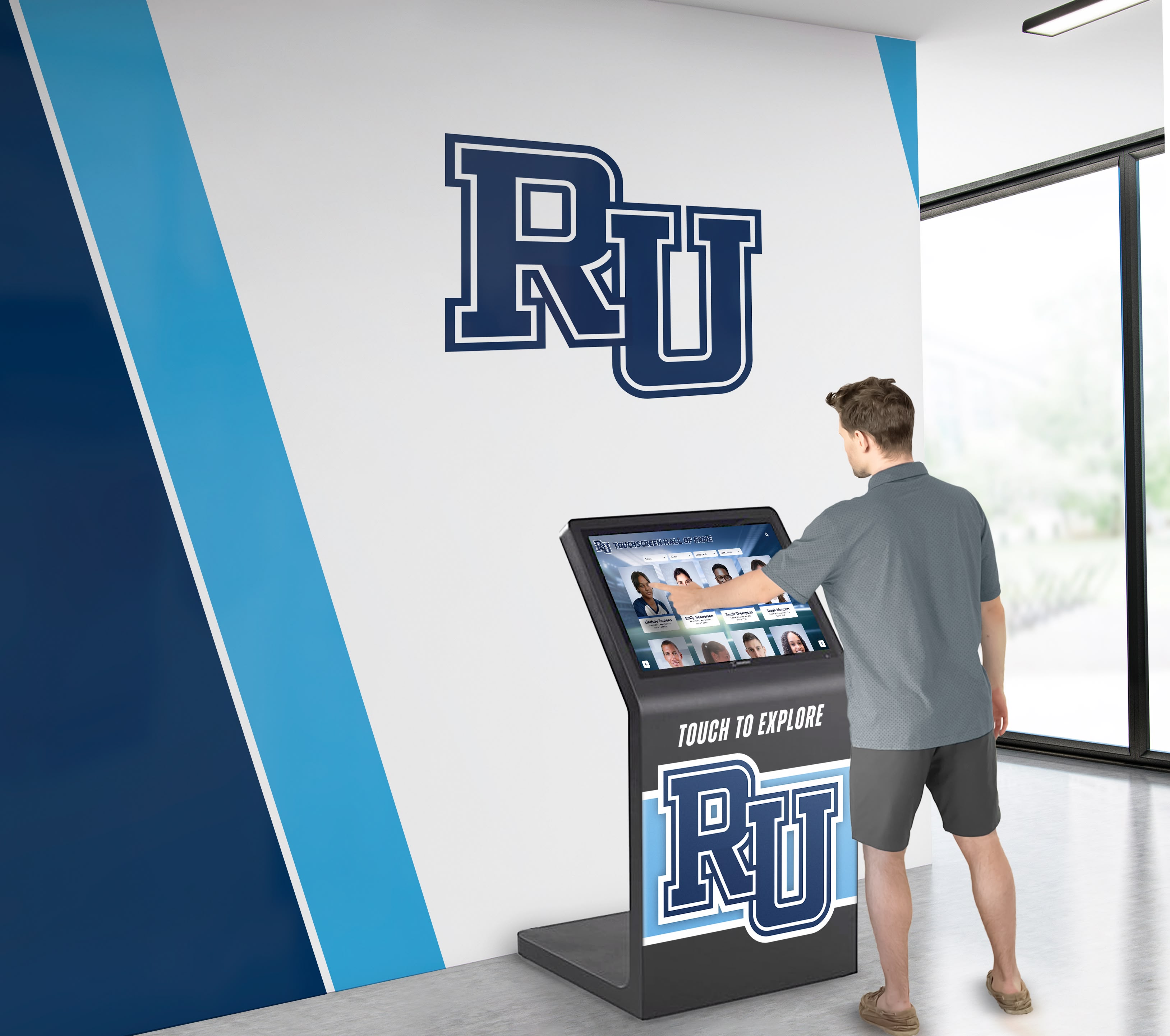Rugby union and rugby league represent two of the world’s most physically demanding and strategically complex team sports, combining power, speed, skill, and endurance in ways few other athletic competitions can match. From international competitions like the Rugby World Cup and Six Nations Championship to collegiate programs building tradition and club teams fostering lifelong passion, rugby creates moments of triumph worthy of comprehensive recognition and permanent preservation.
Whether you’re an athletic director at a university with an emerging rugby program, a club administrator seeking to strengthen member engagement, a high school coach building program tradition, or an organization looking to honor rugby achievements comprehensively, this guide provides practical insights for creating meaningful rugby recognition systems.
Understanding Rugby’s Championship Landscape
Rugby’s competitive structure spans multiple levels and formats, each with distinct championship systems and record-keeping requirements.
International Rugby Competitions
At the highest level, international rugby features several prestigious competitions that capture global attention and define rugby excellence.
The Rugby World Cup stands as rugby union’s premier event, contested every four years since 1987. Teams from across the globe compete for the Webb Ellis Cup, named after the sport’s legendary founder. The tournament showcases the world’s best players and creates defining moments in rugby history. New Zealand’s All Blacks have dominated World Cup history with three championships, while South Africa’s Springboks and Australia’s Wallabies have each claimed multiple titles.
The Six Nations Championship represents European rugby’s most storied competition, featuring England, Ireland, Scotland, Wales, France, and Italy competing annually. Established in 1883 as the Home Nations Championship before expanding, this tournament combines deep historical rivalries with contemporary excellence. Teams compete for the championship itself and various subsidiary trophies like the Calcutta Cup, Triple Crown, and Grand Slam recognition for defeating all opponents.
The Rugby Championship brings together the Southern Hemisphere’s elite teams—New Zealand, South Africa, Australia, and Argentina—in an annual competition that consistently delivers world-class rugby. This tournament replaced the Tri Nations in 2012 when Argentina joined, creating a four-nation championship showcasing attacking rugby and athletic excellence.
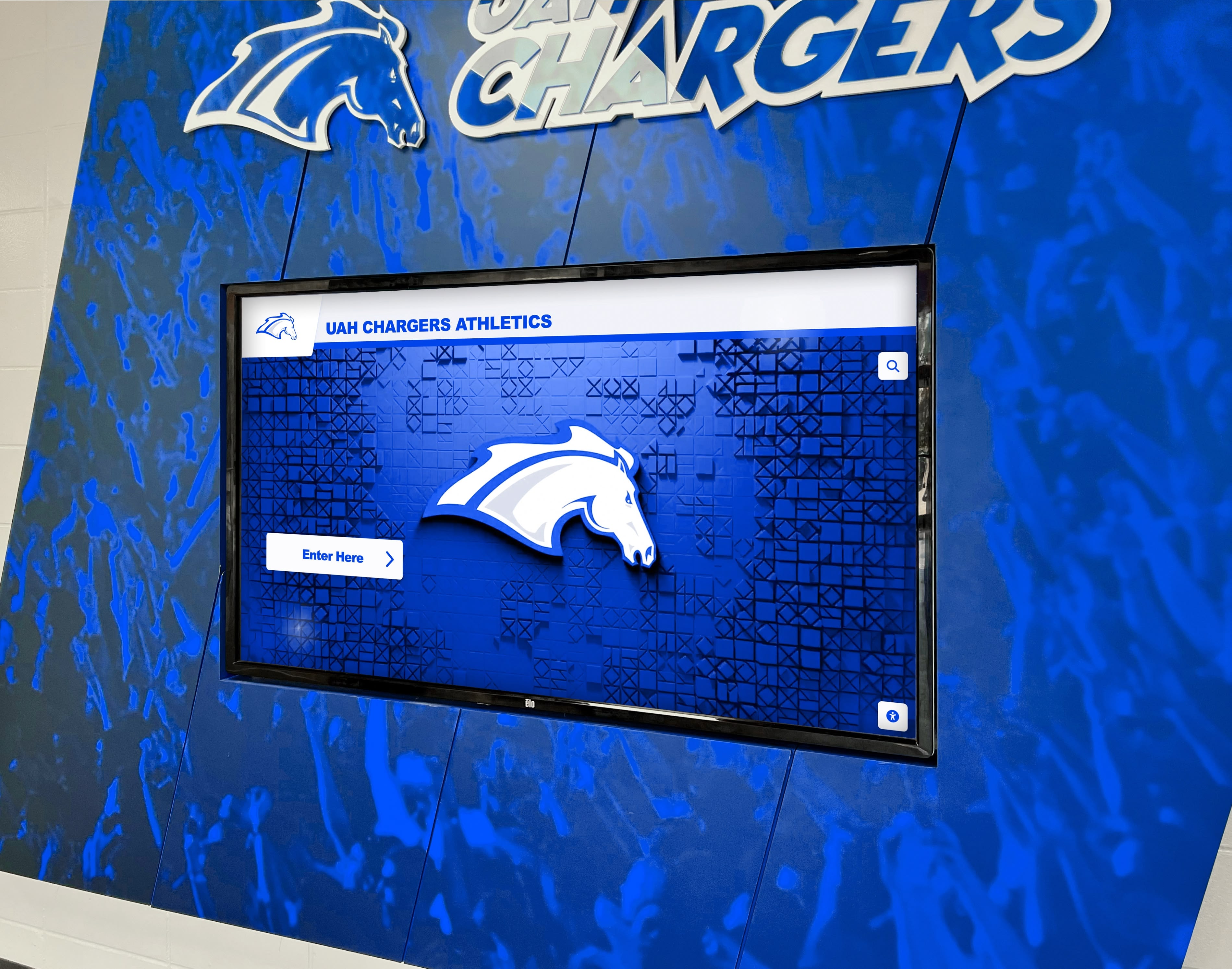
Collegiate Rugby Championships
Rugby has experienced tremendous growth in American colleges and universities, creating new championship traditions and recognition opportunities.
College Rugby Championships in the United States now feature multiple competitive divisions. The Varsity Cup showcases top-level men’s collegiate rugby, while the National Intercollegiate Rugby Association (NIRA) governs women’s collegiate competition. These championships have elevated rugby’s profile on American campuses and created pathways for student-athletes pursuing rugby excellence alongside academic achievement.
Universities increasingly invest in rugby programs, hiring professional coaching staffs, building dedicated facilities, and offering competitive experiences comparable to traditional American sports. This professionalization creates enhanced recognition opportunities as programs document their growth, celebrate championships, and honor outstanding performers.
High School Rugby and Youth Development
Youth rugby continues expanding globally, with high school programs establishing competitive structures and championship systems.
In the United States, high school rugby operates through state associations that organize leagues and championships. Schools fielding rugby teams often face unique recognition challenges as rugby may not yet enjoy the same institutional support as more established sports, making effective recognition programs particularly important for building program credibility and attracting participants.
Organizations developing youth rugby benefit from comprehensive recognition that demonstrates program legitimacy and celebrates participant achievement, helping recruit new players and engage family support essential for program sustainability.
Rugby Records Worth Preserving
Rugby generates remarkable statistical achievements and memorable performances that merit documentation and celebration through effective archives.
Team Championships and Tournament Success
Championship recognition forms the foundation of most rugby archives. Comprehensive documentation should capture season records including wins, losses, and draws, tournament placements and championship victories, progression through playoffs and knockout stages, scoring statistics for the team, and defensive achievements like shutouts or minimal points allowed.
Beyond basic results, effective archives preserve context about championship seasons. What made a particular championship team special? How did coaching strategies evolve during tournament play? Which players delivered clutch performances in critical matches? This contextual storytelling transforms simple records into compelling narratives.
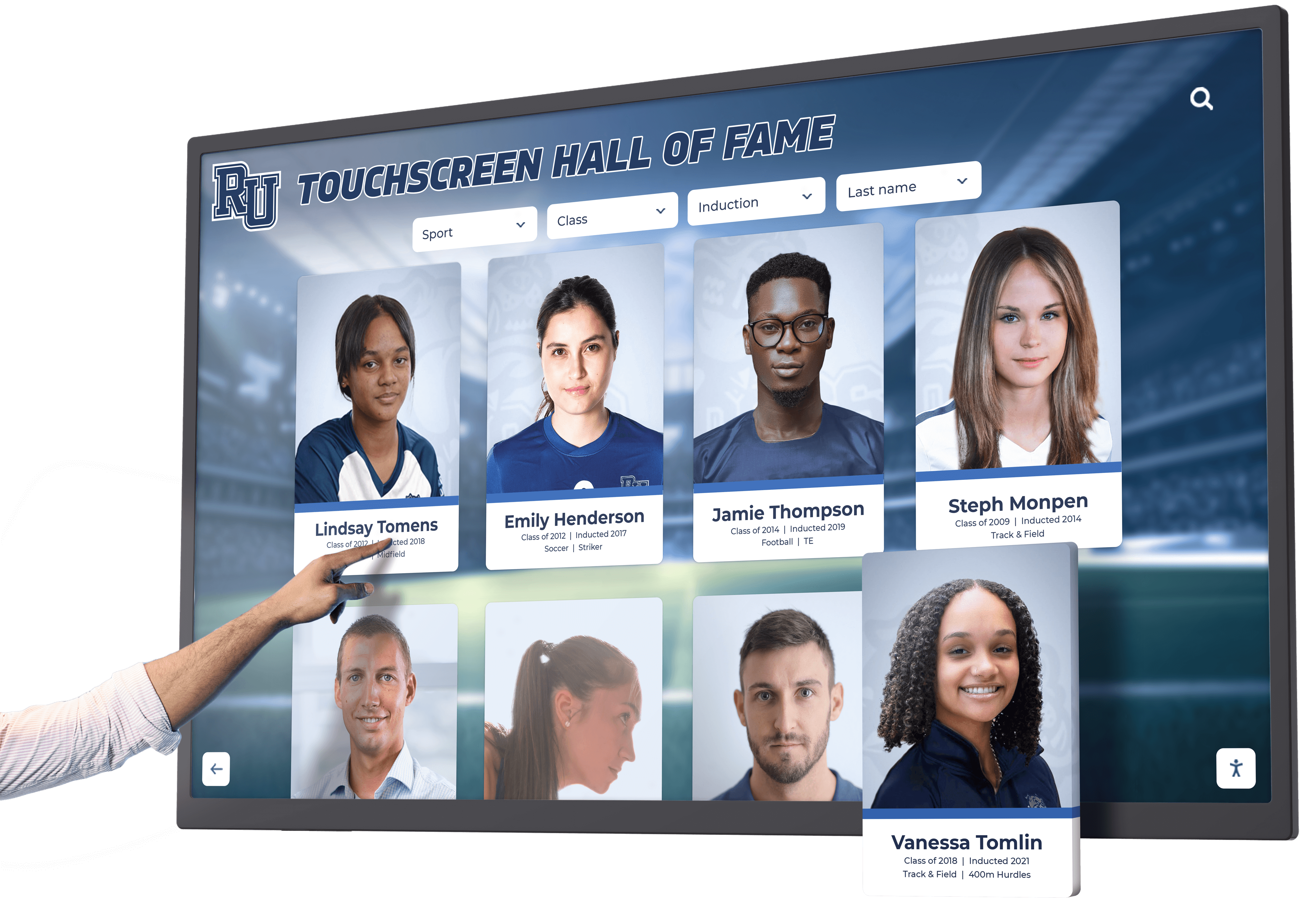
Solutions like digital record boards provide platforms specifically designed for rugby statistics, accommodating the sport’s unique scoring system and enabling easy updates as new records emerge.
Individual Player Achievements
Rugby creates opportunities for individual excellence across multiple positions and skill sets. Comprehensive records archives should document scoring achievements including tries, conversions, penalty goals, and drop goals, defensive statistics such as tackles made and turnovers forced, positional excellence like lineout success for jumpers or scrum dominance for props, and career milestones like caps earned or matches played.
Position-specific recognition proves particularly important in rugby where forwards and backs contribute differently but equally essentially. A prop who anchors the scrum for a decade deserves recognition as much as a fly-half who orchestrates attacking plays, even if their statistical profiles differ dramatically.
Programs can recognize individual excellence through awards like Most Valuable Player selections, Rookie of the Year honors, Captaincy recognition for leadership, All-Conference or All-American selections, and Character awards recognizing sportsmanship and team contribution.
Historical Milestones and Program Firsts
Emerging rugby programs should carefully document foundational achievements that establish program tradition. First-ever victories, initial tournament appearances, inaugural championships, facility milestones like dedicated field openings, and alumni achievements such as national team selections all merit permanent recognition.
These “firsts” become increasingly significant as programs mature. Schools with 50-year rugby histories can trace program evolution through careful preservation of milestone moments, creating compelling narratives about growth and development that inspire current participants.
Traditional Rugby Recognition Approaches
Rugby programs have historically relied on several physical recognition formats to celebrate achievement and build program identity.
Trophy Cases and Physical Displays
Traditional trophy cases showcase championship cups, tournament trophies, individual awards, and rugby balls signed by championship teams. These physical artifacts create tangible connections to achievement, particularly for players and supporters who experienced championship seasons directly.
However, physical displays face significant limitations. Space constraints force difficult decisions about what deserves display, valuable trophies often end up in storage rather than visible to supporters, information about trophies and their significance remains minimal, and updating displays requires physical work and expense.
Many programs find their trophies living in storage rather than inspiring current players, missing opportunities to leverage tradition for program building.

Wall-Mounted Plaques and Honor Boards
Rugby clubs and schools commonly create wall displays featuring team photographs, championship plaques, individual honor rolls, and all-time records. These permanent installations provide visible reminders of program excellence and create inspiring spaces within clubhouses or athletic facilities.
Physical plaques offer timeless dignity and permanent presence but struggle with capacity limitations and update challenges. As programs mature over decades, physical space runs out, forcing either display removal or renovation—both expensive and disruptive processes.
Annual Awards and Recognition Events
Many rugby programs host annual banquets or awards nights celebrating season achievements, presenting individual awards, recognizing graduating seniors, and acknowledging volunteer contributions. These events strengthen community bonds and provide formal recognition opportunities.
While valuable for community building, annual events provide temporary recognition. Without permanent documentation systems, achievements celebrated at awards dinners may fade from collective memory as years pass and participants move on. Effective programs complement event recognition with permanent archives ensuring achievements endure.
Modern Digital Recognition Solutions for Rugby
Digital recognition technology addresses traditional limitations while creating new opportunities for comprehensive rugby celebration.
Interactive Touchscreen Displays
Interactive digital displays transform rugby recognition through engaging touchscreen experiences where visitors actively explore team histories, player profiles, and championship seasons.
These systems typically feature commercial-grade displays ranging from 55 to 75 inches, cloud-based content management enabling easy updates, searchable databases allowing users to find specific players or seasons, multimedia content including photos, videos, and detailed statistics, and engagement analytics revealing how visitors interact with content.
The advantages for rugby programs prove substantial. Unlimited capacity means every player and championship receives appropriate recognition without space constraints. Instant updates through software allow real-time recognition as seasons progress. Rich storytelling through video highlights and extended narratives brings rugby’s dynamic action to life. Advanced search helps visitors quickly locate teammates or memorable matches. And comprehensive statistics accommodate rugby’s complex scoring system better than static plaques.
Solutions like Rocket Alumni Solutions provide platforms specifically designed for sports recognition, offering templates and features that address rugby’s unique documentation needs.
Sport-Specific Recognition Features for Rugby
Effective rugby recognition systems should accommodate the sport’s distinctive characteristics. Rugby positions span forwards and backs with specialized roles requiring position-specific recognition categories. The scoring system includes tries, conversions, penalty goals, and drop goals—each worth different point values needing proper documentation. Rugby statistics track unique metrics like rucks won, mauls driven, lineouts secured, and scrums dominated alongside traditional statistics common to other sports.
Digital platforms designed for athletics provide flexibility to capture rugby’s complexity while maintaining intuitive navigation for visitors unfamiliar with the sport’s intricacies.
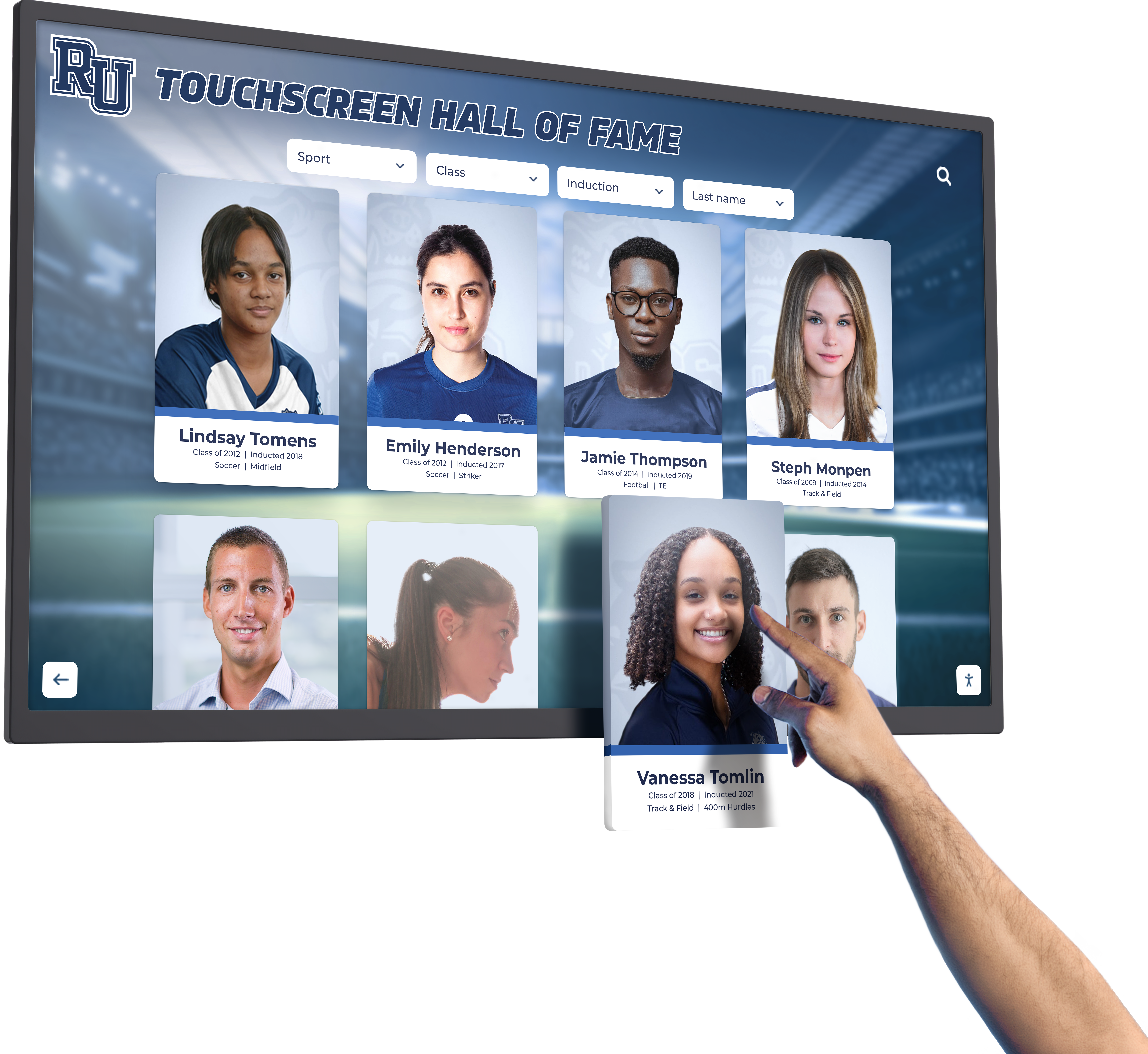
Online Rugby Archives and Mobile Access
Digital recognition extends beyond physical installations through web-based platforms accessible worldwide. Online archives enable alumni playing overseas to explore their rugby histories, supporters unable to attend matches to stay connected with programs, prospective players and families to research program tradition during recruitment, and historical documentation to remain accessible regardless of physical location.
Many programs implement hybrid approaches combining physical touchscreen installations at clubhouses or school facilities with online companion platforms accessible globally. This omnichannel strategy maximizes both on-site impact and worldwide engagement.
Building Comprehensive Rugby Archives
Creating effective rugby recognition systems requires systematic planning and thoughtful content development.
Gathering Historical Information
Programs establishing comprehensive archives should begin by collecting existing materials. Search for team photographs from all seasons, individual player photos, match programs and results sheets, newspaper clippings documenting achievements, existing trophies and awards, and statistical records if available.
Reach out to alumni who often possess personal materials including photographs, jerseys, programs, and memories providing context beyond statistics. Alumni engagement during archive development strengthens connections and demonstrates that the program values its history and contributors.
For programs with long histories, accept that comprehensive documentation may be impossible. Focus initially on recent seasons where information remains readily available, then gradually expand historical coverage as additional materials emerge through alumni outreach.
Organizing Rugby Archives Effectively
Effective organization helps visitors navigate archives intuitively. Common organizational approaches include chronological organization by season or decade, position-based categorization grouping forwards and backs separately, achievement-based organization highlighting championships and major accomplishments, and era-based categorization reflecting coaching tenures or program development phases.
Many programs find that offering multiple navigation options serves diverse visitor interests. Some visitors want to find specific teammates, others want to explore championship seasons, and still others want to compare statistical achievements across eras.
Content Development for Player Profiles
Comprehensive player profiles should include essential information like full name and years with the program, position played and physical attributes, matches played and statistical achievements, championships and honors earned, and post-rugby career information when notable.
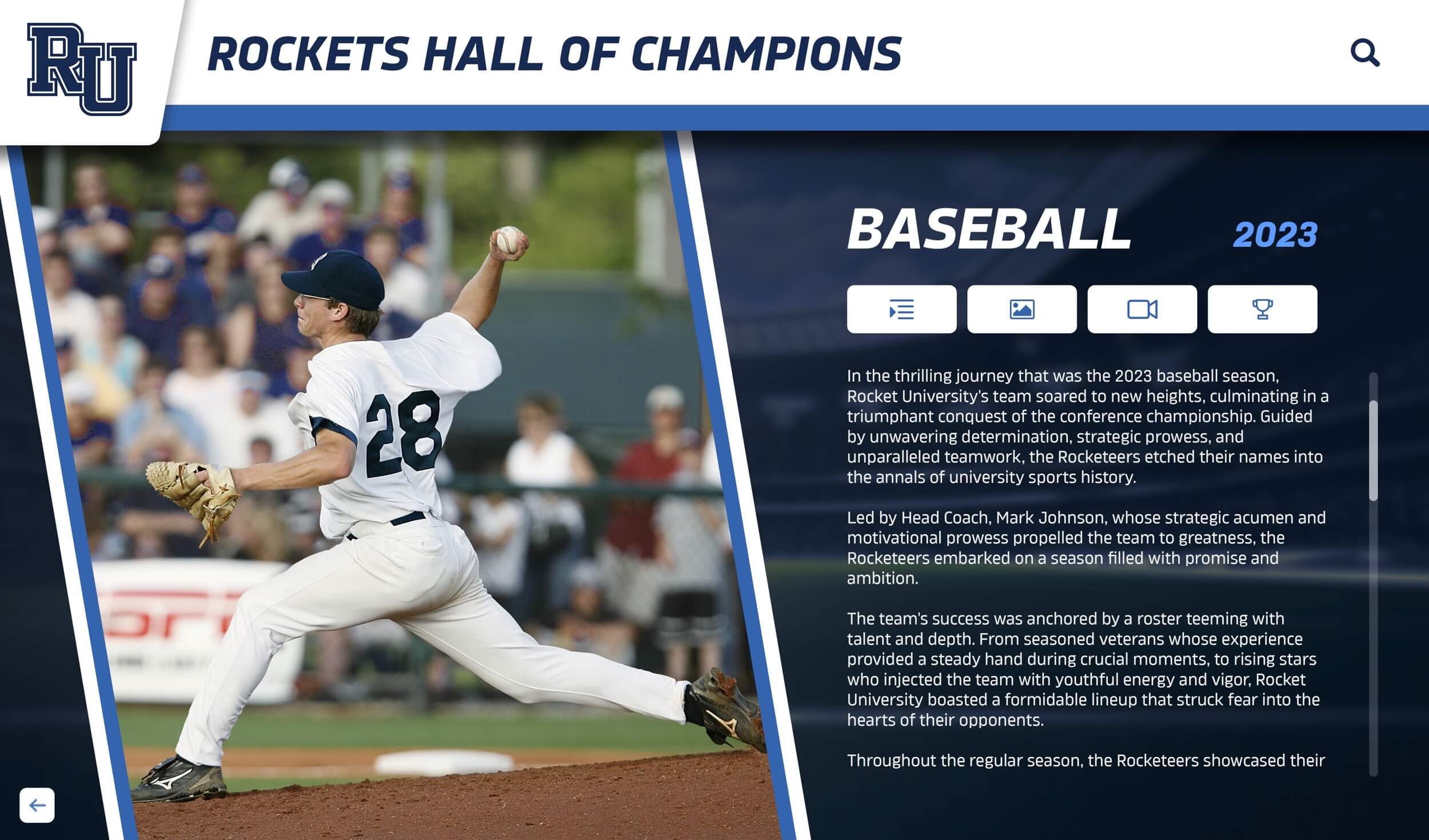
Beyond basic data, compelling profiles incorporate narrative elements. What defined the player’s approach to rugby? What memorable moments did they create? How did their contributions extend beyond statistics? What do teammates and coaches remember most about them? This storytelling transforms lists of statistics into engaging profiles that honor complete contributions.
Programs can develop content through questionnaires to current and former players, video interviews that can occur during reunions or awards events, research through existing media coverage and program records, and coordination with families for historical players who may be deceased or unreachable.
Rugby Recognition for Different Program Types
Rugby recognition needs vary across program types, requiring tailored approaches.
University Rugby Programs
Collegiate rugby programs benefit from comprehensive recognition highlighting academic-athletic balance. Document academic achievements alongside rugby excellence, track players who advance to national teams or professional rugby, celebrate championships across multiple years, and recognize contribution beyond playing including coaching, administration, and support roles.
University programs can integrate rugby recognition with broader athletic hall of fame systems if rugby receives varsity or club sport status, ensuring rugby athletes receive equivalent recognition to participants in more established sports.
Rugby Clubs and Community Programs
Community rugby clubs serve members across age ranges and skill levels, creating unique recognition opportunities. Celebrate competitive achievements at appropriate levels rather than only elite performance, recognize volunteer contributions essential for club operations, document club history and traditions that create identity, and highlight social dimensions that make clubs community centers beyond just sporting organizations.
Clubs can utilize community hall of fame approaches that honor diverse contributions from playing excellence to administrative dedication to social leadership.
High School Rugby Programs
High school rugby programs face particular challenges as emerging sports competing for institutional resources and recognition. Effective recognition systems demonstrate program legitimacy, support recruitment of new players, engage families in program support, and document growth trajectories showing program development.
Schools can position rugby recognition within broader athletic achievement frameworks that celebrate excellence across all sports, ensuring rugby athletes receive parity with participants in more established athletics.
Championship Recognition Best Practices
Celebrating team championships effectively requires thoughtful documentation that captures what made championship seasons special.
Documenting Championship Seasons Comprehensively
Championship recognition should extend beyond simply listing the final record. Document the complete season narrative including regular season highlights, playoff progression, championship match details, key player contributions, coaching strategies, and obstacles overcome.
Effective championship recognition captures season storylines. Did an underdog team exceed expectations? Did the squad rebound from a difficult prior season? Did key injuries require roster adjustments? Did the team develop unique playing style or strategic approaches? These narratives create compelling content distinguishing championship celebrations from simple statistical records.

Programs can use digital platforms for championship showcases that accommodate roster listings, season statistics, photo galleries, and video highlights impossible to include in traditional physical displays.
Balancing Team and Individual Recognition
Rugby’s team-first culture requires balancing collective achievement celebration with appropriate individual recognition. Championship teams succeed through collective effort, but individual excellence within team contexts deserves acknowledgment.
Effective recognition celebrates championship teams as units while also documenting individual contributions. Highlight team statistics and achievements prominently, then enable exploration of individual player roles within team success. This approach honors rugby’s collaborative nature while recognizing that exceptional individual performers merit specific celebration.
Multi-Year Dynasty Recognition
Programs achieving sustained excellence across multiple championship seasons deserve special recognition highlighting the difficulty of maintaining excellence over time. Document championship runs spanning multiple years, track players who contributed to multiple titles, recognize coaching excellence and program development, and celebrate traditions and cultures that enabled sustained success.
Dynasty recognition demonstrates that single championships represent significant achievements, but sustained excellence over extended periods indicates truly exceptional programs worthy of special celebration.
Measuring Recognition Program Success
Evaluating rugby recognition program effectiveness helps justify investments and identify enhancement opportunities.
Engagement Metrics for Digital Systems
Digital recognition platforms provide analytics including number of visitor sessions, average interaction duration, most-viewed profiles revealing which players or seasons attract greatest interest, search queries indicating what information visitors seek, and peak usage times identifying when engagement occurs most.
For rugby programs, particularly monitor engagement with different content types. Do visitors primarily explore recent seasons or historical archives? Do championship teams attract disproportionate interest? Do certain positions or player types generate more engagement? These insights inform content development priorities.
Alumni Relations and Development Impact
Rugby recognition programs should contribute to broader organizational goals. Track metrics including alumni event attendance and engagement, giving participation from former players, volunteer recruitment for coaching or administrative roles, and social media engagement with recognition content.
Rugby clubs and schools can measure whether effective recognition strengthens alumni connections that translate into program support through financial contributions, volunteer time, or mentorship of current players.
Recruitment and Program Growth
For programs seeking to expand participation, recognition systems should support recruitment. Monitor whether prospective players and families reference program tradition during recruitment, track enrollment or membership growth after recognition implementation, survey new participants about factors influencing program selection, and gather feedback about recognition impact on program perception.
Effective recognition demonstrates program quality, tradition, and commitment to honoring participants—messages that resonate with prospective players considering where to invest their athletic efforts.
Special Considerations for Rugby Archives
Rugby’s unique characteristics create specific considerations for recognition programs.
International Dimensions of Rugby Recognition
Rugby’s global nature means many programs include international players who bring diverse backgrounds and experiences. Recognition systems should accommodate international contexts by properly representing player nationalities and backgrounds, documenting international achievements before or after program participation, and providing multilingual support when appropriate for international constituencies.
Programs with significant international representation can leverage diversity as a strength, showcasing how rugby brings together participants from across cultures in common pursuit of excellence.
Women’s Rugby Recognition
Women’s rugby has experienced tremendous growth globally, yet often receives less institutional support and recognition than men’s programs. Organizations committed to equity should ensure women’s rugby achievements receive equivalent recognition through parallel recognition structures, equal prominence in combined displays, comparable content development resources, and celebration of women’s rugby pioneers who built programs.
Equitable recognition acknowledges that women’s rugby achievement merits celebration equal to men’s accomplishments, supporting continued growth and demonstrating institutional commitment to all rugby participants.
Rugby Sevens Recognition
Rugby sevens represents a distinct format from traditional 15-player rugby, featuring faster-paced play and different strategic emphases. Programs fielding both 15s and 7s teams should appropriately recognize both formats by maintaining separate records reflecting format differences, celebrating championships in both formats, and acknowledging that some athletes excel in one format while others perform well in both.
The inclusion of rugby sevens in the Olympics since 2016 has elevated the format’s profile, creating new recognition opportunities for Olympic achievements and national team selections.
Integrating Rugby Recognition with Broader Programs
Rugby recognition often functions most effectively when integrated within comprehensive athletic or organizational recognition systems.
Multi-Sport Recognition Platforms
Schools and universities fielding multiple sports programs benefit from unified recognition platforms celebrating all athletics. Digital solutions for athletic recognition enable comprehensive systems showcasing achievements across all sports while maintaining sport-specific content addressing each activity’s unique characteristics.
Unified platforms create efficiencies in platform costs, content management, and visitor experience while ensuring rugby receives recognition equivalent to more established sports.
Recognition Supporting Program Development
Strategic organizations utilize recognition to advance program development objectives. Position recognition prominently in facilities where recruits visit, leverage alumni engagement through recognition for fundraising, showcase program excellence through recognition for institutional stakeholders, and demonstrate program legitimacy through comprehensive achievement documentation.
Recognition becomes an investment in program future rather than merely a celebration of program past when thoughtfully integrated with strategic objectives.
Future Trends in Rugby Recognition
Recognition technology continues evolving with emerging capabilities enhancing rugby celebration.
Enhanced Video Integration
Expect continued innovation in video content including highlight reel generation from historical footage, virtual reality experiences of memorable matches, augmented reality features overlaying statistics on match videos, and live streaming integration connecting current competition with historical achievement.
Rugby’s dynamic action particularly benefits from rich video integration that captures the sport’s physicality, strategy, and drama better than statistics alone.
Social Integration and Community Content
Future systems will likely feature enhanced social connectivity allowing verified alumni to contribute memories and photos, automated social sharing optimized for various platforms, community voting or input on special recognitions, and crowdsourced storytelling enriching official archives with participant perspectives.
This participatory approach transforms archives from institutional projects into community-owned celebrations of shared rugby passion.
Advanced Analytics and Comparison Tools
Emerging recognition platforms may incorporate advanced analytics enabling comparison of players and teams across eras, visualization of program development trajectories, predictive recognition suggesting similar players or comparable achievements, and gamification elements encouraging exploration and engagement.
These features make historical archives more interactive and engaging, particularly for younger audiences who expect digital experiences to offer sophisticated functionality.
Conclusion: Preserving Rugby Excellence for Future Generations
Rugby team championships and records archives serve essential purposes beyond simply documenting wins and losses. They preserve institutional memory ensuring that extraordinary achievements remain visible to future generations. They strengthen connections among players, supporters, and organizations by demonstrating that contributions matter and achievements endure. They inspire current participants by showcasing concrete examples of excellence worth pursuing. And they support program development by celebrating tradition and demonstrating commitment to honoring those who build success.

Whether implemented through traditional physical displays, modern digital interactive systems, or hybrid approaches combining both elements, effective rugby recognition requires thoughtful planning, systematic content development, appropriate technology, and sustained commitment to ongoing management.
Programs that view rugby recognition as living traditions rather than static monuments create dynamic experiences that evolve with their communities while maintaining core missions of celebrating excellence, honoring achievement, and inspiring future success.
For clubs, schools, and universities ready to launch comprehensive rugby recognition programs or enhance existing systems, modern digital solutions provide practical approaches that solve space constraints, enable rich storytelling, accommodate rugby’s unique characteristics, and create engaging experiences serving multiple strategic objectives from recruitment to alumni relations.
Ready to explore options for your rugby recognition program? Whether starting from scratch or enhancing existing archives, solutions like Rocket Alumni Solutions provide comprehensive support from planning through implementation. Discover how modern recognition technology can transform your organization’s ability to celebrate rugby excellence and inspire future champions.
